A Surfboard for Everybody
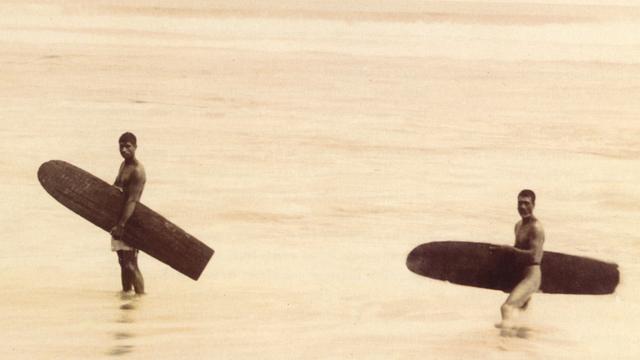
Hawaiian surfers with alaia boards
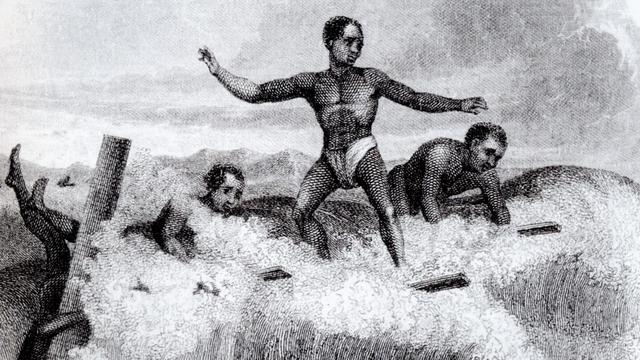
19th century engraving
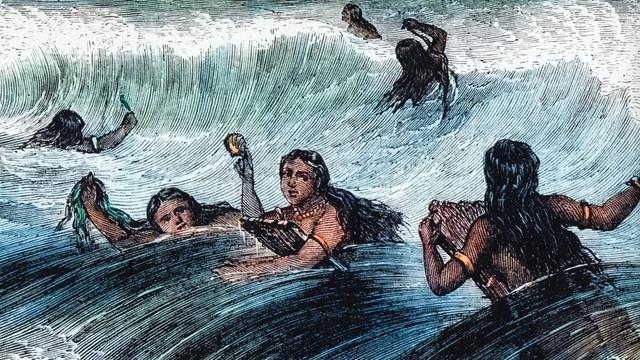
Engraving, 1866
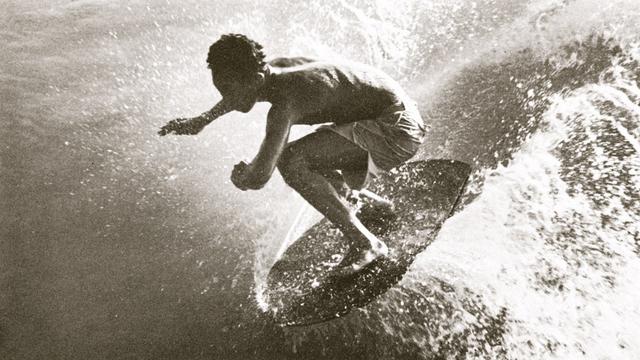
Paipo rider, 1964. Photo: Val Valentine
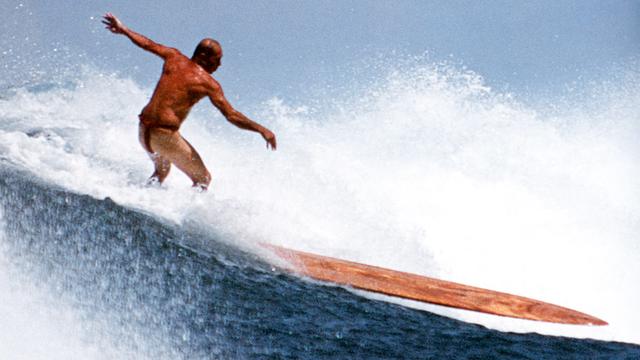
Tom Stone on olo board, 2008. Photo: David Pu'u
When one ancient Hawaiian chief came to power, he captured an old surf rival and then—depending on what version of the story is being told—had him either slow-baked in an oven or splayed and gutted on a stone alter.
The average Polynesian peasant-surfer likely banged together his new surfboard with no more godly thought than a woodcrafter making a door. At the royal level, however, boardmaking was a serious matter, filled with rites and rituals. A craftsman would search the highland forest for a suitable tree. Small and midlength boards were usually made of koa, a fine-grained hardwood, or the softer breadfru...
Subscribe or Login
Plans start at $5, cancel anytimeTrouble logging-in? Contact us.